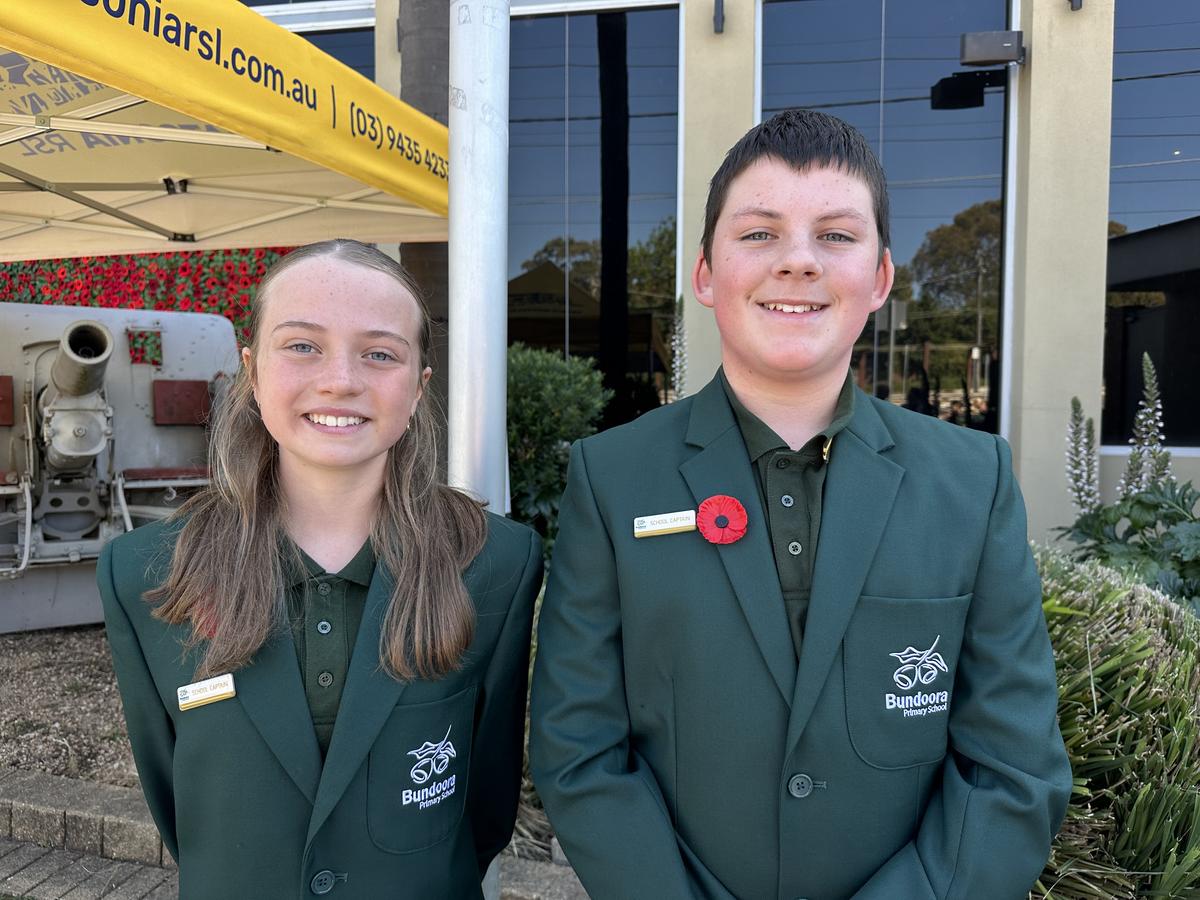Celebrations & Achievements

Birthdays!!!
Awards!!!
Celebrations!!!
Good afternoon, All,
With the passing of Remembrance Day, I thought it was prudent to pass on some relevant information on this important day.
I think this would be good for the kids to understand.
History of Remembrance Day
· At 11am on 11 November 1918, the guns of the Western Front fell silent after more than four years of continuous warfare.
· The Germans had called for an armistice (suspension of fighting) in order to secure a peace settlement and accepted the allied terms of unconditional surrender. The 11th hour of the 11th day of the 11th month attained a special significance in the post-war years and became universally associated with the remembrance of those who had died in the war.
· In Australia and other allied countries, including New Zealand, Canada and the United States, 11 November became known as Armistice Day – a day to remember those who died in the First World War. The day continues to be commemorated in Allied countries.
· After the Second World War, the Australian Government agreed to the United Kingdom’s proposal that Armistice Day be renamed Remembrance Day to commemorate those who were killed in both World Wars. Today the loss of Australian lives from all wars and conflicts is commemorated on Remembrance Day.
· In November 1997, Governor-General, Sir William Deane, issued a proclamation formally declaring 11 November Remembrance Day. He urged all Australians to observe one minute’s silence at 11am on 11 November to remember all those who died or suffered for Australia’s causes in all wars and armed conflicts.
The Unknown Soldier
· On the second anniversary of the Armistice on 11 November 1920, the commemoration was given added significance when it became a funeral, with the return of the remains of an unknown soldier from the battlefields of the Western Front.
· Unknown soldiers were interred with full military honours in Westminster Abbey in London and at the Arc de Triumph in Paris. The entombment in London attracted over one million people within a week to pay their respects at the Unknown Soldier’s tomb. Most other allied nations adopted the tradition of entombing unknown soldiers over the following decade.
· In Australia on the 75th anniversary of the armistice in 1993, Remembrance Day ceremonies again became the focus of national attention. The remains of an unknown Australian soldier, exhumed from a First World War military cemetery in France, were ceremonially entombed in the Australian War Memorial's Hall of Memory.
Red Poppies
· Red poppies and/or sprigs of rosemary are often worn as signs of remembrance. Red poppies were among the first plants to spring up in the devastated battlefields of northern France and Belgium. In soldiers' folklore, the vivid red of the poppy came from the blood of their comrades soaking the ground. Rosemary is an emblem of both fidelity and remembrance in literature and folklore and it has particular significance for Australians, as it can be found growing wild on the Gallipoli peninsula.
· Lieutenant Colonel John McCrae, a Canadian surgeon who deployed to France in World War I, first described the red poppy, the Flanders’ poppy, as the flower of remembrance.
· Lieutenant Colonel McCrae had spent 17 days treating wounded men and was particularly affected by the death of his friend, Lieutenant Alexis Helmer.
· Venting his anguish, Colonel McCrae composed a poem but tossed it away. However, his poem was retrieved by another officer and was sent to publications in England. Punch published it on 8 December 1915.
· Lieutenant Colonel McCrae’s in Flanders’ Fields to this day remains one of the most memorable war poems ever written and is a lasting legacy of the terrible battle in the Ypres salient in the spring of 1915. Lieutenant Colonel McCrae died in May 1918.
In Flanders’ Fields
In Flanders’ Fields the poppies blow Between the crosses, row on row, that mark our place; and in the sky The larks, still bravely singing, fly Scarce heard amid the guns below. We are the dead. Short days ago, we lived, felt dawn, saw sunset glow, Loved, and were loved, and now we lieIn Flanders’ Fields.
Take up our quarrel with the foe: To you from failing hands we throw the torch; be yours to hold it high. If ye break faith with us who die We shall not sleep, though poppies growIn Flanders’ Fields.
· Lieutenant Colonel McCrae was wounded in May 1918, and died three days later.
· In November 1918, the late Lieutenant Colonel McCrae’s poem inspired the YMCA to initiate the idea of selling artificial poppies to raise money to help needy soldiers and their families.
· After the poppy was adopted as the emblem of the British Legion, the red poppy has been accepted as the emblem of remembrance.
· The Returned Sailors and Soldiers Imperial League of Australia and returned soldiers organisations of allied countries have passed resolutions at their international conventions to recognise the poppy of Flanders’ Fields as the international memorial flower to be worn on 11 November, the anniversary of Armistice Day.
· On and around 11 November each year, the Returned Services League (RSL) sells millions of red cloth poppies to Australians, with proceeds going to welfare.
The Ode
· The Ode recited at Anzac Day and Remembrance Day commemorations is the fourth stanza of Laurence Binyon's for the Fallen, first published in the London Times in 1914.
They shall grow not old, as we that are left grow old:
Age shall not weary them, nor the years condemn.
At the going down of the sun and in the morning
We will remember them.
The Last Post
· The Last Post is one of a number of bugle calls in military tradition which mark the phases of the day.
· Where Reveille signalled the start of a soldier’s day, the Last Post signalled its end.
· Historically, the Last Post was sounded when the duty officer started his evening rounds to check that the sentry posts were manned and to send off-duty soldiers off to bed. The duty officer would be accompanied by one or more musicians.
· As the party proceeded from post to post, a drum was played, telling off-duty soldiers that it was time to rest.
· When they had completed their rounds and reached the last post, another bugle call, the Last Post, was sounded to signal that the night sentries were alert at their posts and gave one last warning to any soldiers still at large that it was time to retire for the evening.
· The Last Post is played at military funerals and commemorative services as a final farewell and symbolises that the duty of the dead is over and that they can rest in peace.
Silence
· On the first anniversary of the armistice in 1919, two minutes’ silence was instituted as part of the main commemorative ceremony at the new Cenotaph in London.
· Australian journalist Edward Honey proposed the silence. At about the same time, a South African statesman made a similar proposal to the British Cabinet, which endorsed it.
· King George V personally requested all the people of the British Empire suspend normal activities for two minutes on the hour of the Armistice 'which stayed the worldwide carnage of the four preceding years and marked the victory of Right and Freedom'. The two minutes’ silence was popularly adopted and became a central feature of commemorations of Armistice Day.
· In 1997, Governor-General Sir William Deane issued a proclamation formally declaring 11 November to be Remembrance Day, urging all Australians to observe one minute's silence at 11 am on 11 November each year to remember those who died or suffered for Australia's cause in all wars and armed conflicts
The Rouse
· The Rouse was historically used as the signal for soldiers to arise.
· Today it is closely associated with the Last Post at all military funerals and service of dedication and remembrance.
· The Rouse is played on the completion of one minute’s silence, after the Last Post has been sounded.
· The bugle call is lively and uplifting, designed to rouse soldiers' spirits for another day of military activity.
Army’s Remembrance Pin
· The Australian Army introduced the Army Remembrance Pin in 2015 to commemorate the valued service of members who have died while in the Army; during both times of peace and war, since 3 September 1945.
· The Army Remembrance Pin continues the tradition of the mothers and widows’ badges distributed to the loved ones of World War One and Two veterans who were killed in action, or who died of wounds on active service or after discharge.
· The Pin is available to eligible family members of Army members who have died while in service, both domestically and on operations, since the conclusion of World War II.
· The face of the Pin displays the Rising Sun Badge above two sprigs of laurel and is surrounded by the words ‘In memory of their dedicated service.’
· Further information, including eligibility requirements and the application process is available at: https://www.army.gov.au/our-life/honours-and-awards/army-remembrance-pin
Kind regards,
Stephen
Warrant Officer Class One Stephen Bland
Senior Technical Advisor - Vehicle Systems
Land 121 Phase 5 – Medium Heavy Capability Land Vehicle Systems Branch
Administration Regimental Sergeant Major (ARSM)
Land Systems Division
Scholarship Assembly
The SEP has a strong focus on students becoming global citizens through understanding the importance of helping others. It also has a strong standing of bringing the Bundoora community together. 2024 has been a fantastic year for the Social Enterprise Program. Along with running our daily cafe we have run a variety of activities that have raised money for our chosen charities (Big Group Hug, Diamond Valley Foodshare, States Schools Relief and Cancer Council).
The staff involved in the program believe that each student of the SEP team has grown significantly and have achieved great things this year. We are very proud of their efforts, especially in working towards having a successful market day and big lunch. Students worked tirelessly during lunches and at home to make items to sell and raised over $1600 just in these two events.
This year we have had Pop Up Discos, Food Drive, Biggest Lunch and a Market Day. Though all these activities we have donated a total of $7500.00 to our 4 supported charities.
Thanks to everyone in our community for your support.
Thanks
Jeremy Cass
Education Support
Bundoora Primary School
Always very proud of our students!!

















